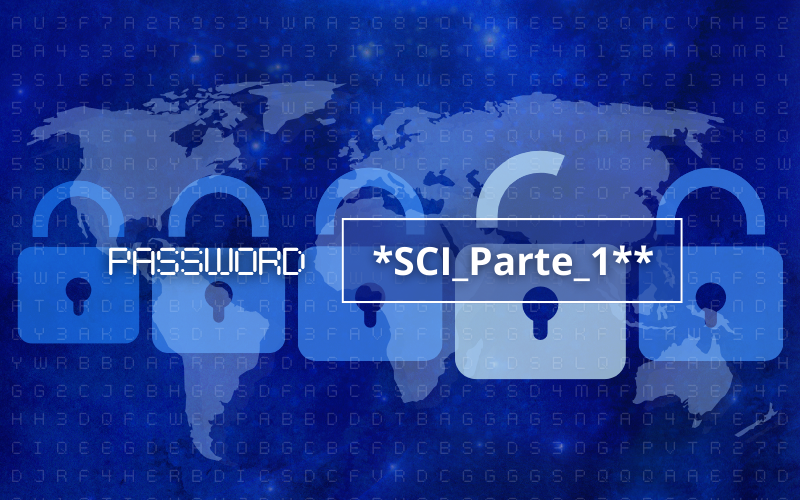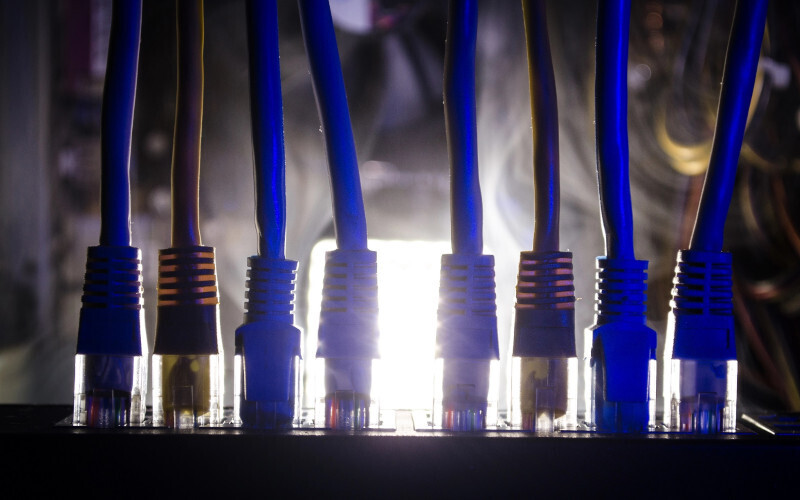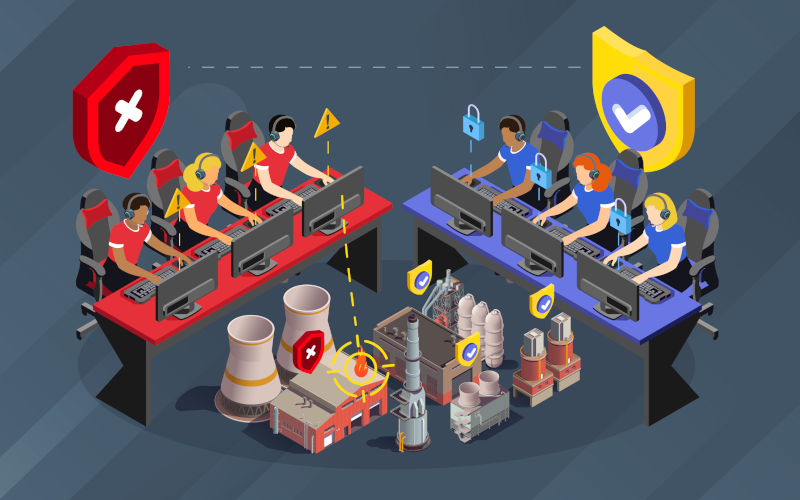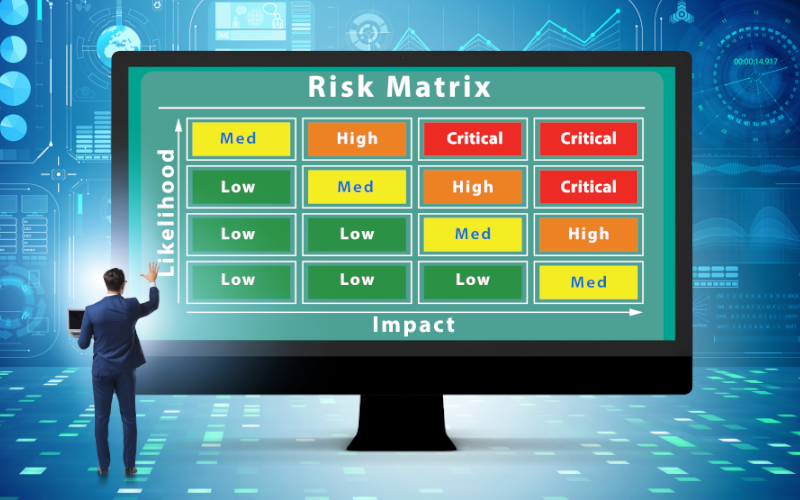Understanding BACnet: Present and future of protocol in industrial environments
Posted on 14/08/2025, by
INCIBE (INCIBE)

The BACnet (Building Automation and Control Networks) communications protocol is a standardised, open protocol developed by ASHRAE (American Society of Heating, Refrigerating and Air-Conditioning Engineers Inc) designed for smart building management. Its main advantage is the ease with which it enables communication between different devices and systems from various brands.This article provides a technical analysis of the BACnet protocol, explaining its technical concepts, new features and advantages in industrial environments, and how it has evolved to meet today's cybersecurity requirements.
Etiquetas














